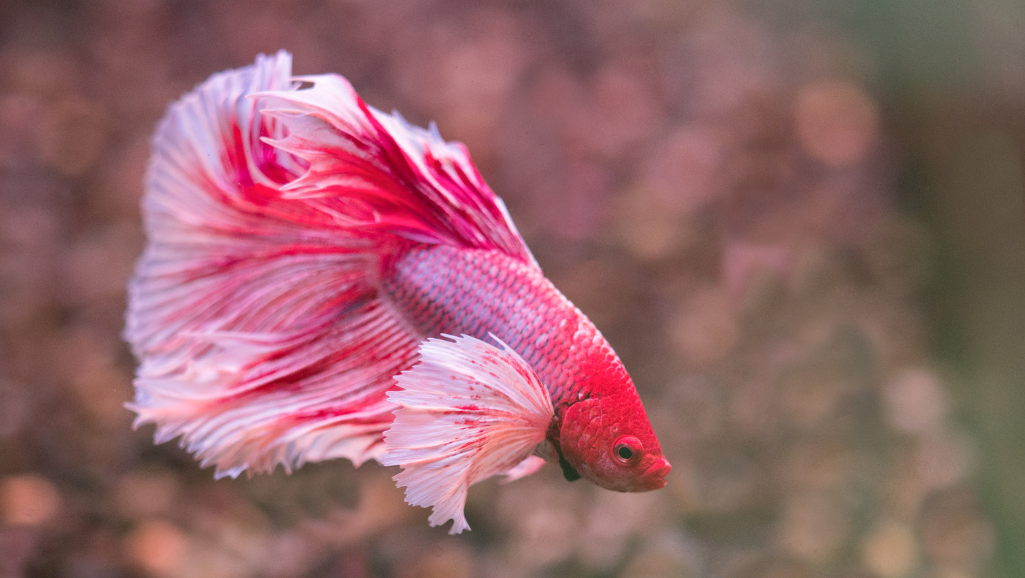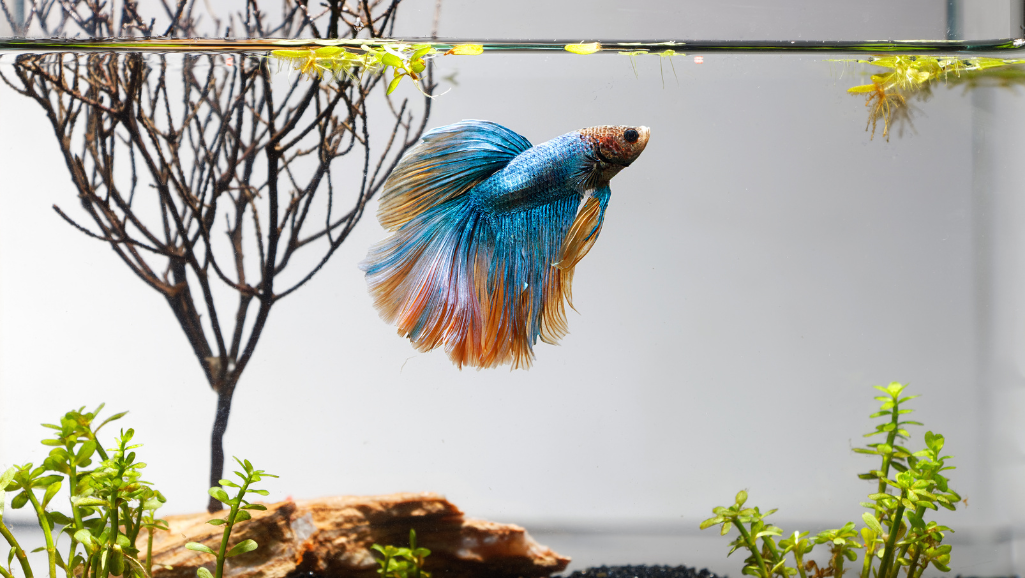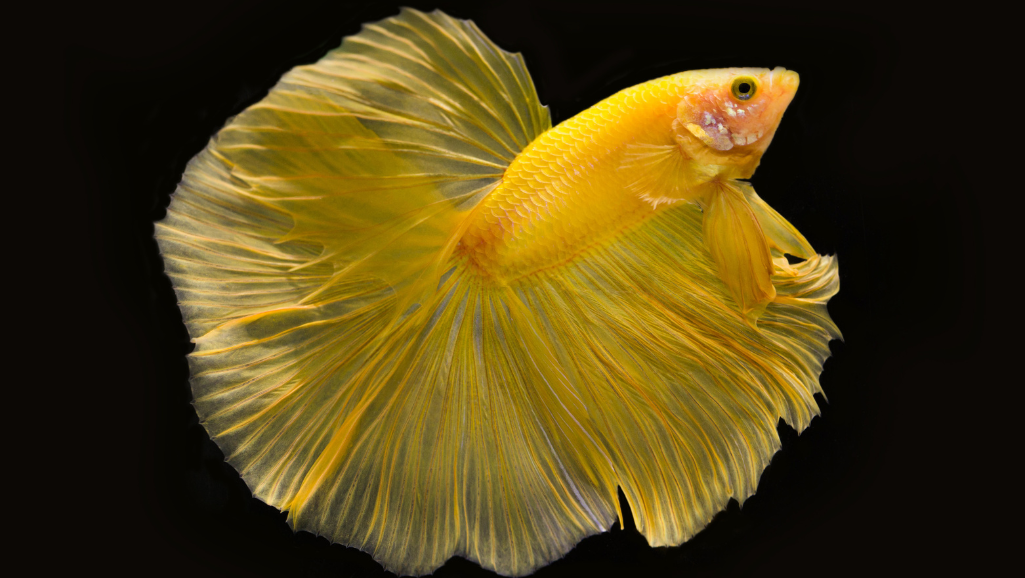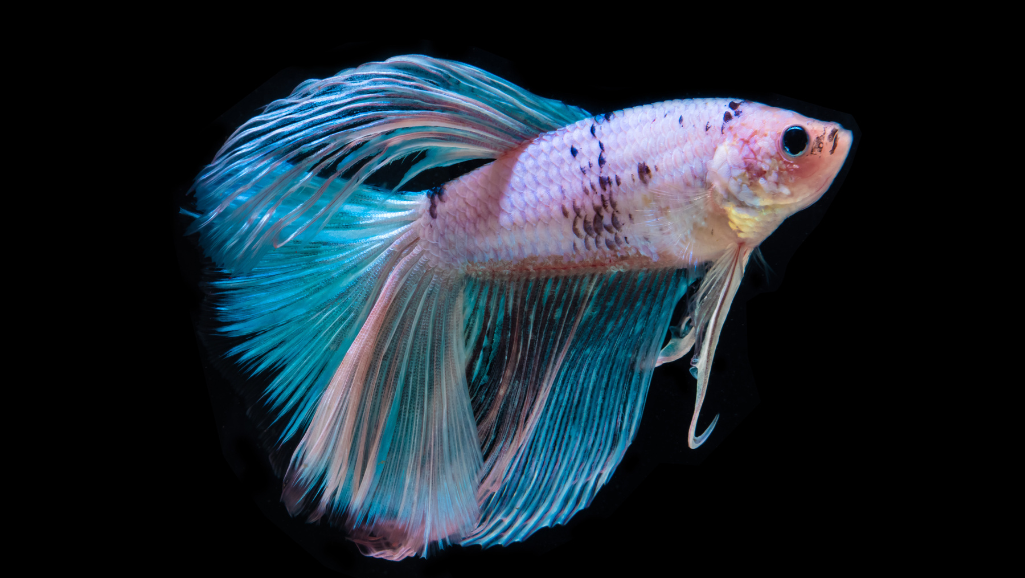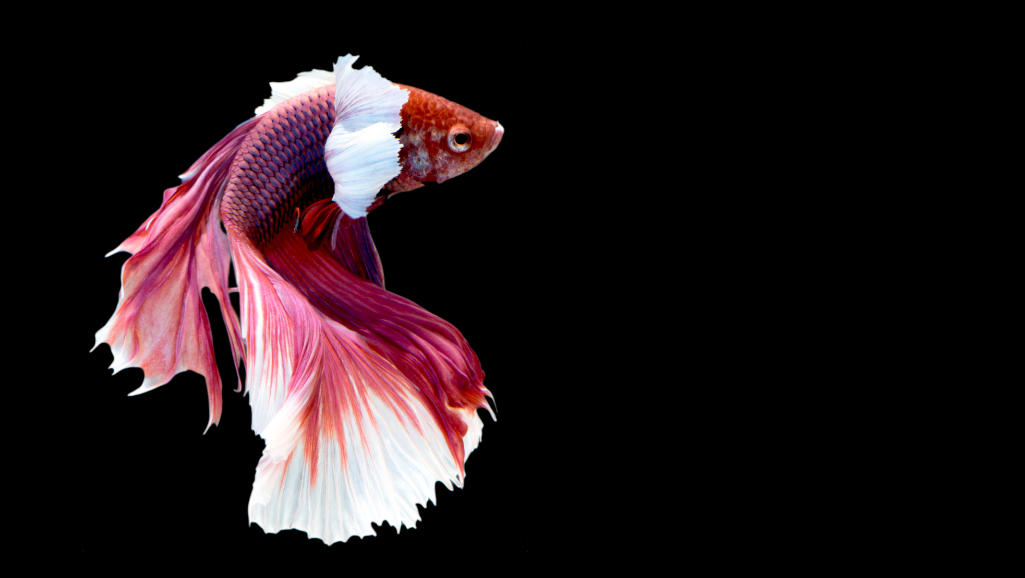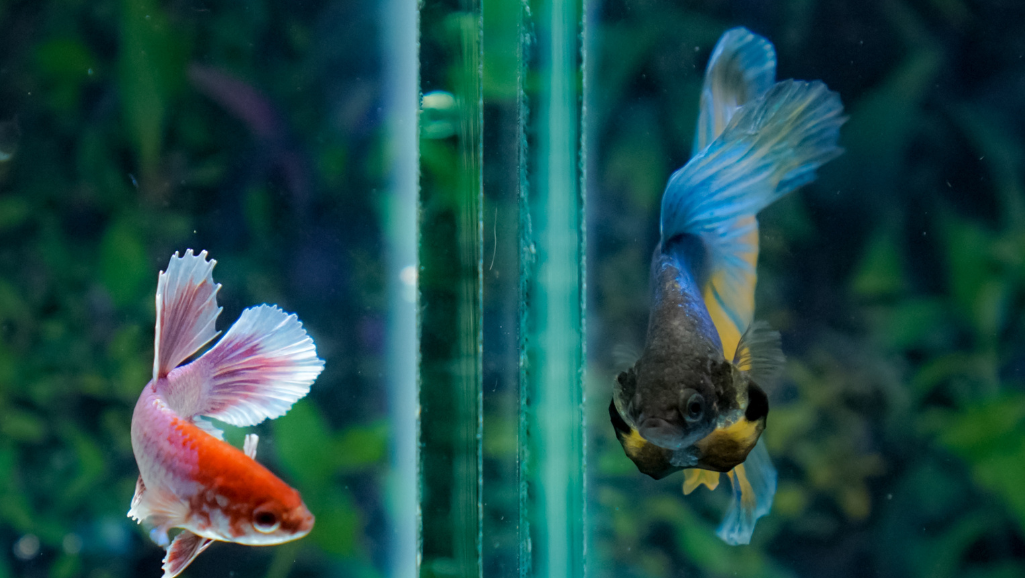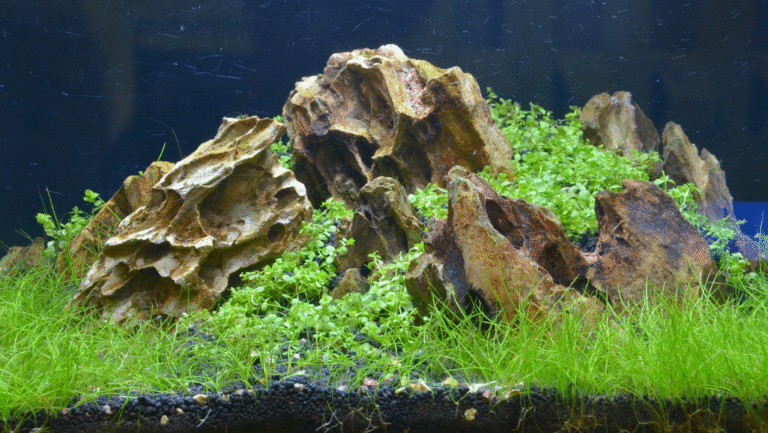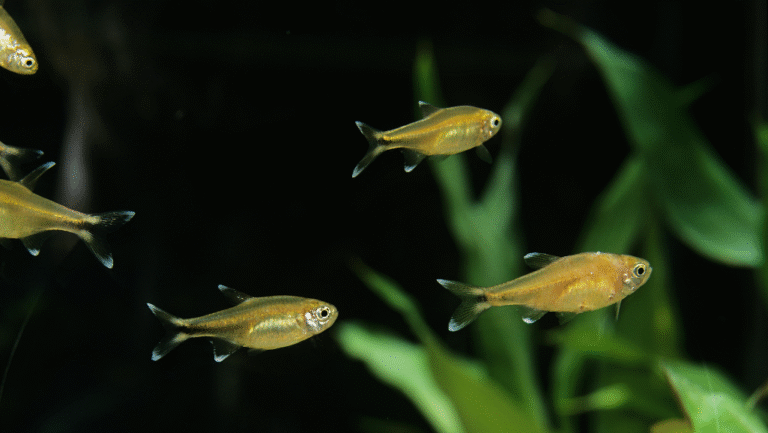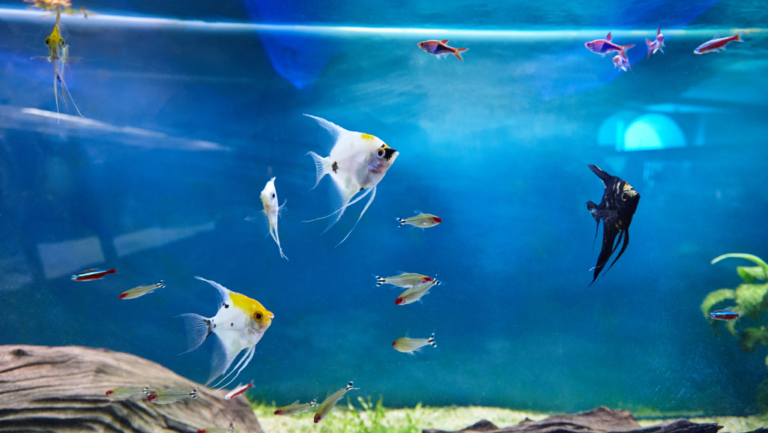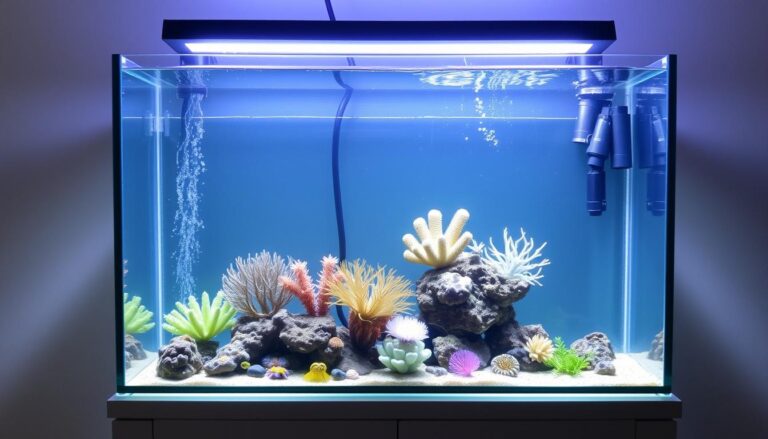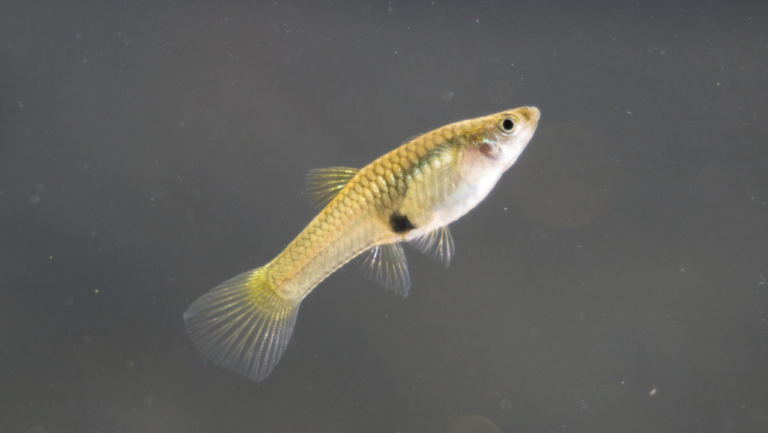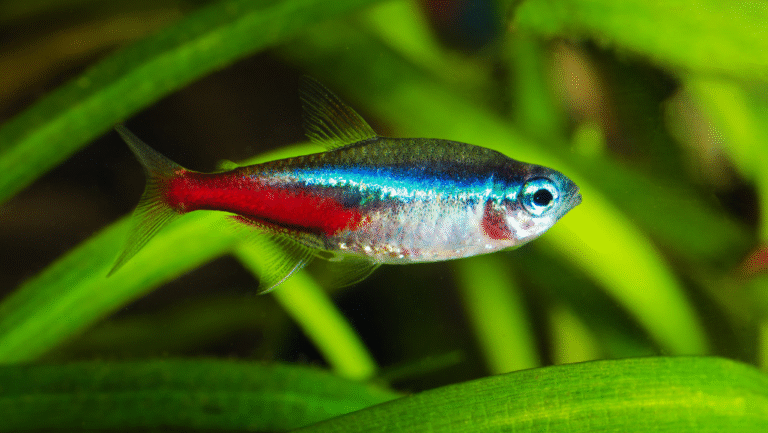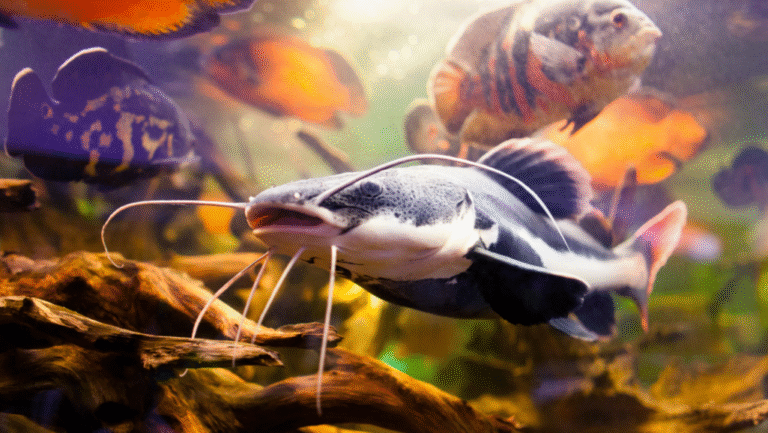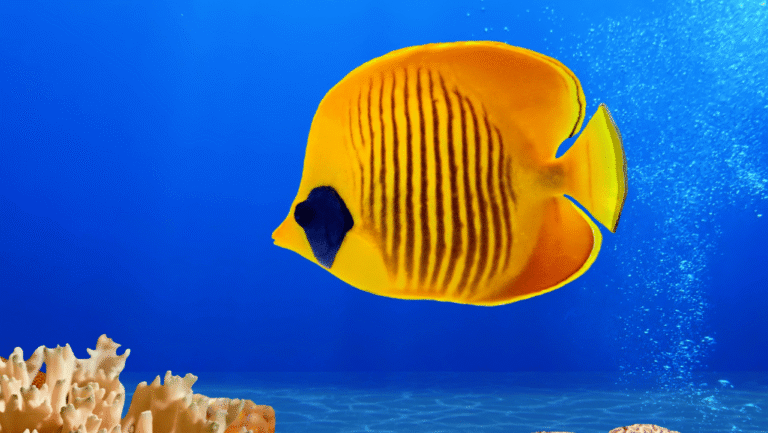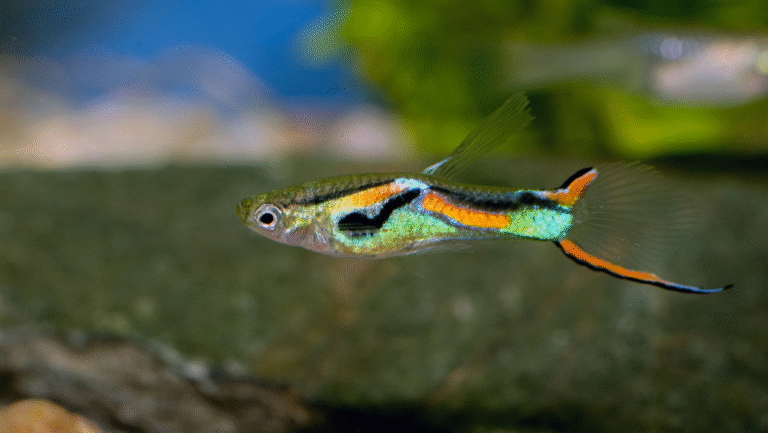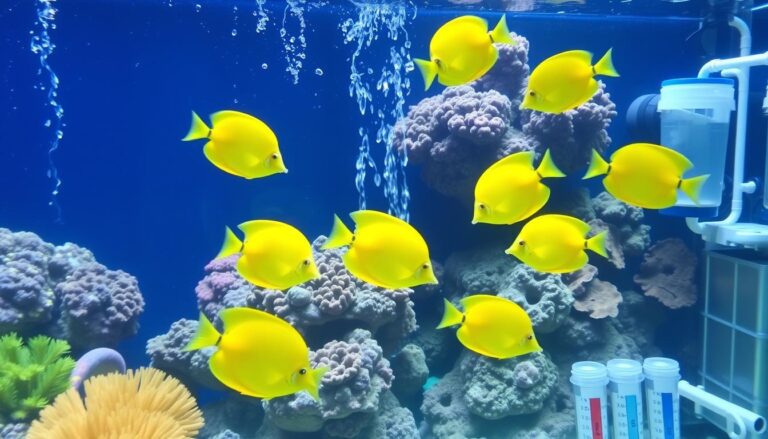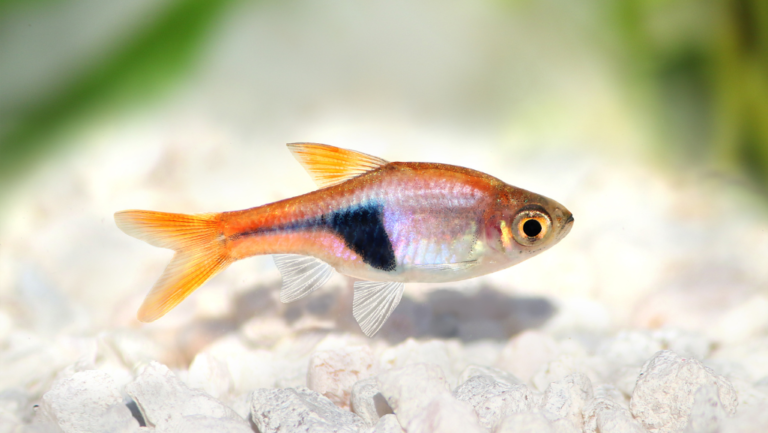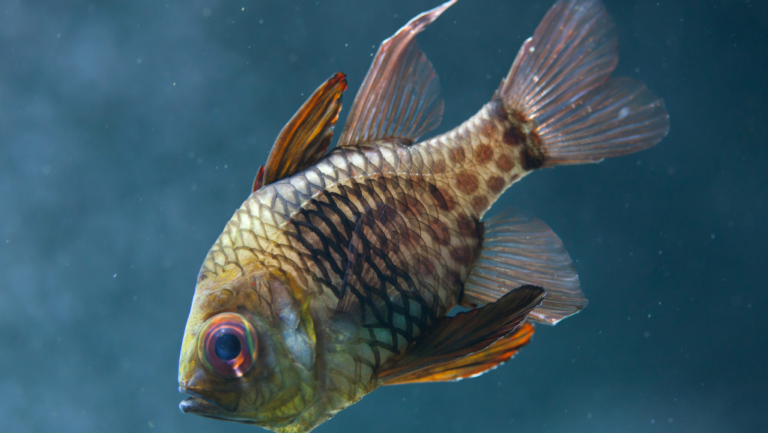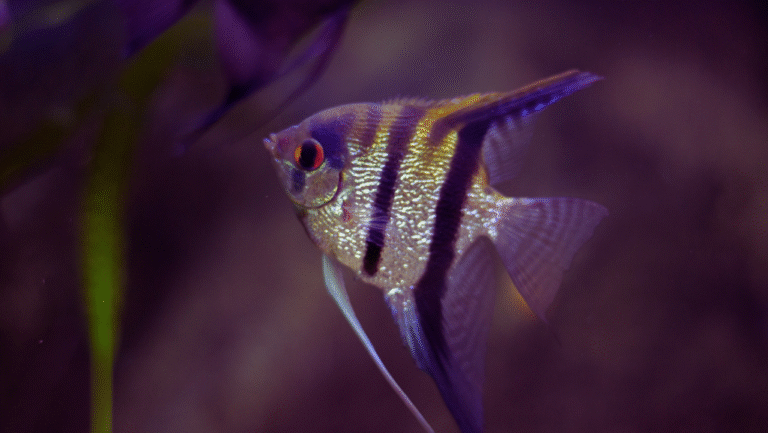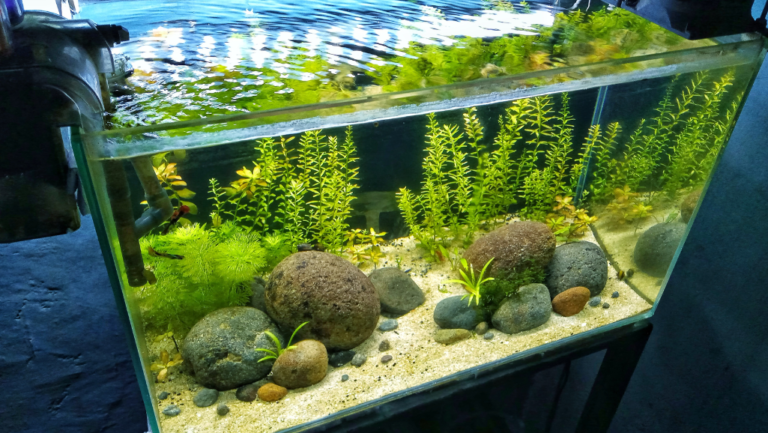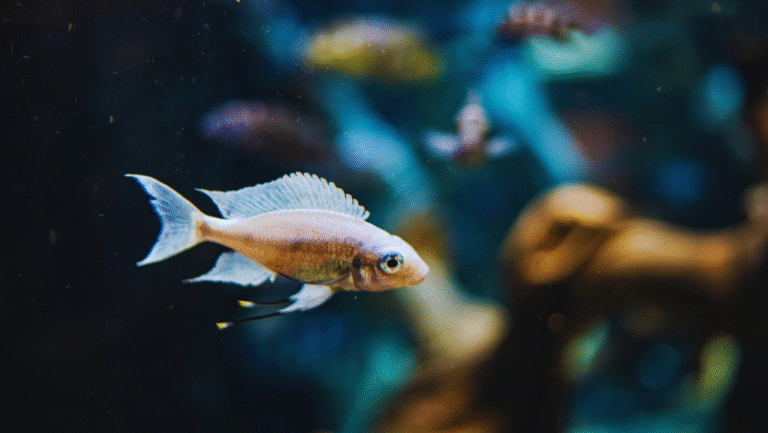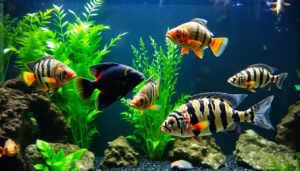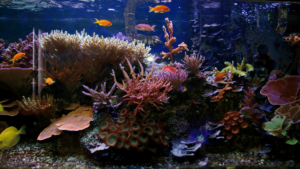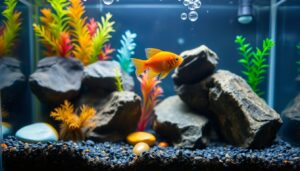Spotting early symptoms in your aquatic pet can make a life-saving difference. Many health issues stem from poor water conditions, stress, or improper care. Recognizing changes in behavior or appearance helps you act quickly.
Common red flags include loss of appetite, unusual swimming patterns, or visible swelling. Immediate action—like adjusting tank conditions—can prevent worsening problems. A healthy pet typically lives 2-5 years, but early intervention boosts longevity.
Key Takeaways
- How to Identify Betta Fish Signs of Dying.
- Watch for lethargy, color fading, or gasping at the surface.
- Poor water quality is a leading cause of health decline.
- Swift treatment improves survival chances.
- Lifespan depends on diet, tank size, and environment.
- Behavioral shifts often indicate underlying issues.
Understanding Betta Fish Health Basics
Proper care starts with understanding baseline health indicators. A thriving aquatic companion displays vibrant colors, explores its surroundings, and eats regularly. Conversely, subtle shifts in behaviors or appearance often hint at underlying issues.
Normal vs. Abnormal Behaviors
Healthy pets swim actively, flare fins when curious, and surface for food. Clamped fins, bottom-dwelling, or erratic movements suggest distress. For example, a pet that ignores meals or hides persistently may face stress or illness.
The Role of Water Quality
Water quality directly impacts vitality. The nitrogen cycle converts toxic ammonia into nitrates—a process vital for a safe environment. Ideal conditions include:
- pH 6.5–7.5
- 0ppm ammonia/nitrites
- Nitrates under 20ppm
Sudden temperature swings or overcrowding destabilize tanks. Use heaters to maintain 76–81°F, mimicking their native slow-moving waters.
“Consistent water testing prevents invisible threats like ammonia spikes.”
Key Betta Fish Signs of Dying
Monitoring your aquatic pet’s health can help you catch issues early. Subtle changes in behavior or appearance often indicate underlying problems. Recognizing these red flags allows you to take swift action and improve your pet’s chances of recovery.
Loss of Appetite and Weight Changes
A sudden loss of appetite is a common warning sign. If your pet stops eating, it may face stress or illness. Without food, they can survive only 7-10 days, making immediate intervention critical. Weight loss often accompanies this issue, leading to a weakened state.
Fading Colors and Unusual Markings
Healthy pets display vibrant colors, but fading or blotchy patches can signal trouble. Reddish bellies may indicate nitrite poisoning, while horizontal stripes suggest severe stress. Natural marbling is normal, but sudden changes in coloration require attention.
Lethargy and Inactivity
While rest periods are normal, prolonged lethargy is concerning. If your pet stays at the bottom of the tank or hides persistently, it may be unwell. Pale gills can also point to oxygen deprivation, a serious issue that needs addressing.
“Behavioral shifts, like reduced activity or hiding, often indicate underlying health problems.”
Other symptoms, such as stringy white poop, may point to parasitic infections. For more on treating illnesses, check out this guide on lethargy and loss of appetite.
Physical Symptoms of a Dying Betta
Physical symptoms often provide clear clues about your pet’s well-being. Visible changes in appearance or behavior can signal serious health concerns. Early detection of these issues allows for timely intervention, potentially saving your pet’s life.
Swelling (Dropsy) and Pineconing Scales
Swelling, often referred to as dropsy, is a critical condition. It begins with bloating and progresses to the protrusion of scales, resembling a pinecone. This pineconing indicates organ failure and has a 90% mortality rate. Immediate isolation and treatment are essential.
Clamped Fins and Fin Deterioration
Clamped fins, where fins are held close to the body, suggest discomfort or stress. Fin deterioration, such as discoloration or fraying, often points to infections or poor water quality. Advanced stages may involve tissue necrosis, requiring urgent care.
Gasping at the Surface
Gasping at the surface indicates low oxygen levels or gill damage. While aquatic pets use their labyrinth organ for air, persistent surface breathing is a red flag. Emergency aeration techniques, like adding air stones, can help stabilize the environment.
“Physical changes, like swelling or fin damage, often indicate severe health issues that need immediate attention.”
Behavioral Changes to Watch For
Behavioral changes often serve as early warnings for underlying issues. When your aquatic companion starts acting differently, it’s a signal to investigate further. These shifts can range from subtle to obvious, but all require attention.
Isolation and Hiding
One of the most noticeable behaviors is isolation. If your pet retreats under plants or stones, it may indicate stress or illness. Hiding persistently often precedes more severe health problems, so it’s crucial to act quickly.
In community tanks, contrast social interactions with reclusive tendencies. A pet that avoids others or stays hidden is likely unwell. This behavior can also stem from improper environments, such as small tanks or sudden decor changes.
Reduced Response to Stimuli
Another red flag is a lack of engagement. Healthy pets typically recognize their owners and respond to stimuli like finger tracking or feeding time. If your companion ignores these cues, it’s a sign of declining health.
Test responsiveness by observing reactions to movement or food. A delayed or absent response often points to underlying issues. Psychological factors, like poor tank conditions, can also contribute to this stress.
“Behavioral shifts, such as isolation or reduced engagement, often indicate health concerns that need immediate attention.”
Common Causes of Betta Fish Decline
Understanding the root causes of health decline can help prevent serious issues. Many factors, from environmental conditions to biological threats, can impact your pet’s well-being. Addressing these triggers early can make a significant difference.
Poor Water Conditions and Temperature Fluctuations
Water quality is a leading factor in health problems. Ammonia levels above 0.25ppm can be lethal, causing stress and organ damage. Nitrite and nitrate levels should also be monitored to ensure a safe environment.
Sudden changes in temperature can shock your pet, weakening their immune system. Maintaining a stable range between 76–81°F is essential. Avoid overcrowding and ensure proper filtration to keep the tank clean and oxygenated.
Diseases and Parasitic Infections
Common diseases like Columnaris and Velvet thrive in poor conditions. Columnaris, a bacterial infection, causes white patches and rapid deterioration. Velvet, caused by a parasite, appears as a gold or rust-colored dust on the skin.
Ich, another parasitic infection, spreads quickly in community tanks. Quarantine new additions to prevent outbreaks. Recognizing symptoms early, such as scratching or lethargy, allows for prompt treatment.
“Preventing health issues starts with maintaining optimal water conditions and monitoring for early signs of disease.”
By addressing these common causes, you can create a healthier environment for your pet. Regular testing and maintenance are key to preventing avoidable health problems.
How to Test and Improve Tank Conditions
Maintaining a healthy aquatic environment starts with regular testing and adjustments. Proper care ensures your pet thrives in optimal conditions. Key factors like water quality and temperature play a critical role in their well-being.
Checking Ammonia, Nitrite, and Nitrate Levels
Regular testing is essential to keep harmful substances in check. The API Master Test Kit is the gold standard for measuring levels of ammonia, nitrite, and nitrate. Weekly testing helps detect invisible threats early.
Perform partial water changes every week to maintain quality. Replace 20-30% of the tank’s water to remove toxins and replenish essential minerals. Cycling new tanks with products like Stability ensures a balanced environment.
Optimal Water Temperature for Bettas
Stable temperature is crucial for your pet’s health. Use a heater with a wattage of 5W per gallon to maintain a range of 76–81°F. Calibrate your heater and use a backup thermometer for accuracy.
Proper filtration is equally important. Clean or replace filter media monthly to prevent clogs and maintain efficiency. A well-maintained aquarium reduces stress and promotes longevity.
“Consistent testing and maintenance are the foundation of a healthy aquatic environment.”
Emergency Steps to Save a Dying Betta
When your aquatic companion shows signs of distress, quick action can make all the difference. Immediate steps like quarantine, water changes, and targeted treatments can stabilize their condition. Proper care during this critical time can prevent further decline and improve recovery chances.
Quarantine and Water Change Protocols
Isolating your pet in a hospital tank is the first step. This prevents the spread of disease and reduces stress. Use a clean, heated tank with minimal decor to monitor their condition closely.
Perform water changes immediately to remove toxins. Replace 50% of the water with treated, temperature-matched water. Repeat this process daily until improvements are visible. Consistent water quality is essential for recovery.
When to Use Aquarium Salt or Medications
Aquarium salt can be a gentle yet effective treatment for certain conditions. Use 1 tablespoon per 3 gallons for short-term baths. This helps reduce stress and treat mild infections.
For severe cases, medications like Maracyn or Kanaplex may be necessary. These antibiotics target bacterial diseases and should be used as directed. Avoid combining treatments unless advised by a professional, as this can cause adverse reactions.
“Proper isolation and targeted treatments are key to stabilizing a distressed aquatic pet.”
Preventing Future Health Issues
Proactive care is the cornerstone of ensuring a thriving aquatic environment. By focusing on diet and tank maintenance, you can create a healthy habitat that minimizes risks and promotes longevity.
Diet and Feeding Best Practices
A balanced diet is essential for maintaining vitality. High-quality pellets like Fluval Bug Bites, along with frozen brine shrimp, provide the necessary nutrients. Feed 2-3 pellets daily, and incorporate fasting days to prevent overfeeding.
Protein-rich food supports their carnivorous nature, while fiber aids digestion. Avoid overfeeding, as it can lead to bloating and other health issues. A controlled feeding schedule ensures optimal nutrition.
Tank Maintenance Schedules
Regular tank maintenance is crucial for a healthy environment. Perform 25-30% weekly water changes to maintain water quality. This removes toxins and replenishes essential minerals, preventing harmful ammonia buildup.
Use an algae scrubber to keep the tank clean, and consider adding live plants. Plants absorb nitrates, improving water quality and providing hiding spots that reduce stress. A monthly checklist ensures consistent care.
“Consistent maintenance and a balanced diet are the keys to preventing health issues in aquatic pets.”
Conclusion
Caring for your aquatic pet requires attention to detail and quick action when needed. Recognizing symptoms like lethargy, loss of appetite, or color fading can help you address issues before they escalate. Proactive monitoring of water quality and behavior is essential for their well-being.
For complex cases, consulting a veterinarian is highly recommended. Establishing a baseline of normal behavior helps you spot deviations early. Remember, an ounce of prevention is worth a pound of cure—maintaining a clean environment and balanced diet can prevent many health problems.
By staying vigilant and addressing stress factors promptly, you can ensure your pet thrives for years to come. A little effort goes a long way in keeping them healthy and happy.
